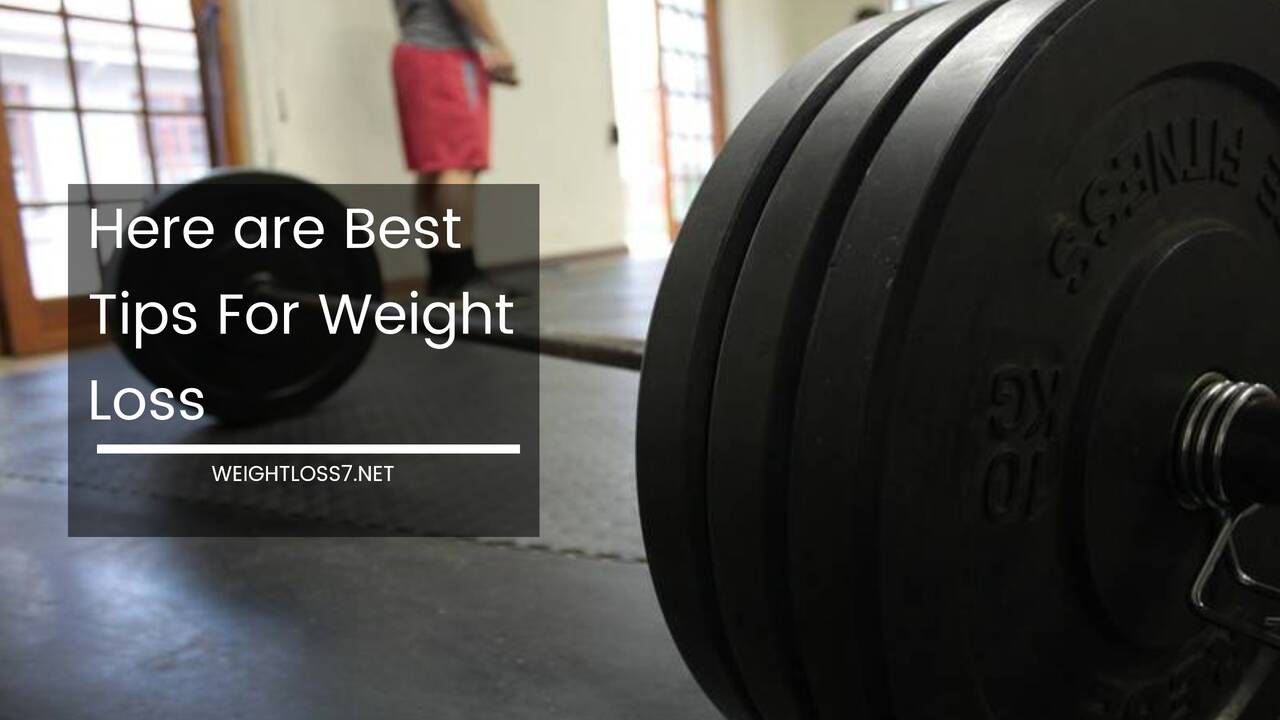How to Reduce Stomach Fat

How to Reduce Stomach Fat
In a world where fitness and aesthetics play a significant role, reducing stomach fat is a common health and wellness goal for many people.
Belly fat, also known as visceral fat, not only affects our physical appearance but can also have serious health implications.
Excess abdominal fat has been linked to various health conditions, including heart disease, diabetes, and even certain types of cancer.
The good news is that with the right approach and commitment, you can effectively reduce stomach fat and improve your overall health.
This article will provide you with a comprehensive guide on how to reduce stomach fat through science-backed strategies. We’ll cover dietary changes, exercise routines, lifestyle adjustments, and other essential factors that can help you achieve your goal.
Understand the Types of Stomach Fat
Before diving into strategies to reduce stomach fat, it’s essential to understand the two main types of fat found in the abdominal region:
a. Subcutaneous Fat: This is the fat layer located directly under the skin. While excess subcutaneous fat can affect your appearance, it’s less harmful to your health compared to visceral fat.
b. Visceral Fat: This is the deeper fat that surrounds your internal organs, including the liver, pancreas, and intestines. Visceral fat is more metabolically active and poses greater health risks, such as insulin resistance and inflammation.
To effectively reduce stomach fat, you’ll want to target visceral fat, as it’s the more dangerous of the two. Fortunately, many of the strategies outlined in this article will help you do just that.
Maintain a Calorie Deficit
One of the fundamental principles of fat loss is creating a calorie deficit. This means consuming fewer calories than your body burns, forcing it to tap into stored fat for energy. To establish a calorie deficit:
a. Calculate Your Daily Caloric Needs: Determine your maintenance calorie level based on your age, gender, weight, activity level, and metabolism. Numerous online calculators can help you with this.
b. Reduce Your Caloric Intake: Aim to consume 500 to 750 fewer calories per day than your maintenance level. This gradual reduction is sustainable and promotes fat loss without severe muscle loss.
c. Monitor Your Diet: Keep a food journal or use a calorie tracking app to monitor your daily food intake. Be mindful of portion sizes and try to eat whole, nutrient-dense foods.
Focus on a Balanced Diet
While calorie deficit is crucial for fat loss, the quality of the calories you consume matters just as much. Opt for a balanced diet that includes:
a. Lean Protein: Protein helps preserve muscle mass while boosting metabolism. Sources include lean meats, poultry, fish, tofu, legumes, and dairy products.
b. Complex Carbohydrates: Choose whole grains like brown rice, quinoa, and whole wheat bread over refined carbs. These provide sustained energy and help control blood sugar levels.
c. Healthy Fats: Incorporate sources of healthy fats like avocados, nuts, seeds, and olive oil. These fats are satiating and support overall health.
d. Fiber-Rich Foods: Fiber keeps you feeling full and aids digestion. Fruits, vegetables, and whole grains are excellent sources of fiber.
e. Limit Sugar and Processed Foods: Minimize your intake of added sugars and highly processed foods, as they can contribute to fat storage and health issues.
Stay Hydrated
Proper hydration is often overlooked but is essential for effective fat loss. Water helps with digestion, metabolism, and overall health. It also keeps you feeling full, reducing the likelihood of overeating.
To stay adequately hydrated:
a. Aim to drink at least 8 glasses (64 ounces) of water per day. Adjust your intake based on your activity level and climate.
b. Consider drinking water before meals, as it can help control appetite and reduce calorie consumption.
c. Limit sugary beverages and excessive caffeine intake, as they can lead to dehydration and hinder fat loss efforts.
Incorporate High-Intensity Interval Training (HIIT)
Exercise is a vital component of reducing stomach fat. High-Intensity Interval Training (HIIT) is an effective workout method that can help you burn calories and improve your fitness level in a shorter amount of time.
HIIT involves short bursts of intense exercise followed by brief periods of rest or low-intensity activity. Some HIIT workouts you can try include:
a. Sprinting or cycling at maximum effort for 30 seconds, followed by 30 seconds of rest, repeated for several cycles.
b. Bodyweight exercises like burpees, jumping jacks, or mountain climbers in a Tabata-style workout (20 seconds of work, 10 seconds of rest, repeated for 4 minutes).
c. Circuit training with weights or resistance bands, targeting multiple muscle groups in quick succession.
HIIT not only burns calories during the workout but also promotes the afterburn effect, where your body continues to burn calories at an elevated rate even after you’ve finished exercising.
Strength Training
Incorporating strength training into your fitness routine is crucial for reducing stomach fat. Building lean muscle mass increases your resting metabolic rate, making it easier to maintain a calorie deficit.
Focus on compound exercises that engage multiple muscle groups, such as:
a. Squats b. Deadlifts c. Bench presses d. Pull-ups e. Lunges f. Planks
Strength training not only helps you burn calories but also sculpts your body, giving you a leaner and more defined appearance. Aim to strength train at least two to three times per week, allowing your muscles to recover between sessions.
Get Sufficient Sleep
Inadequate sleep can negatively impact your hormones and metabolism, making it harder to lose stomach fat. Aim for 7-9 hours of quality sleep per night to support your fat loss efforts.
Sleep hygiene tips:
a. Establish a regular sleep schedule by going to bed and waking up at the same times each day, even on weekends.
b. Create a comfortable sleep environment with a dark, quiet room and a comfortable mattress and pillows.
c. Limit screen time before bedtime, as the blue light from electronic devices can disrupt your sleep-wake cycle.
d. Avoid caffeine and large meals close to bedtime.
e. Practice relaxation techniques like deep breathing or meditation to reduce stress and promote better sleep.
Manage Stress
Chronic stress can lead to an increase in cortisol, a hormone that promotes abdominal fat storage. Implement stress management techniques to reduce the impact of stress on your body:
a. Practice mindfulness meditation, yoga, or tai chi to relax both your body and mind.
b. Engage in hobbies and activities you enjoy to take your mind off stressors.
c. Seek social support from friends and family, as talking about your stressors can help alleviate them.
d. Consider professional help from a therapist or counselor if you’re struggling to manage stress on your own.
Stay Consistent
Consistency is key when it comes to reducing stomach fat. Fat loss takes time, and it’s essential to stay committed to your healthy lifestyle changes even when you don’t see immediate results. Remember that progress may be slow, but every small step counts.
To maintain consistency:
a. Set achievable goals and track your progress regularly.
b. Celebrate your successes along the way, no matter how small they may seem.
c. Make healthy habits a part of your daily routine.
d. Be patient and understand that there will be setbacks, but they don’t define your journey.
Consider Professional Guidance
If you’re struggling to reduce stomach fat despite your best efforts, consider seeking guidance from a healthcare professional, nutritionist, or personal trainer. They can provide personalized advice and strategies tailored to your unique needs and goals.
Final Remarks
Reducing stomach fat is not just about looking better; it’s about improving your health and overall well-being.
By understanding the types of stomach fat, maintaining a calorie deficit, adopting a balanced diet, incorporating exercise, and managing stress, you can effectively target visceral fat and achieve your desired results.
Remember that there is no one-size-fits-all approach to fat loss, and it’s essential to find a strategy that works for you and fits your lifestyle.
With dedication, patience, and the right mindset, you can make significant progress in reducing stomach fat and living a healthier life.

















